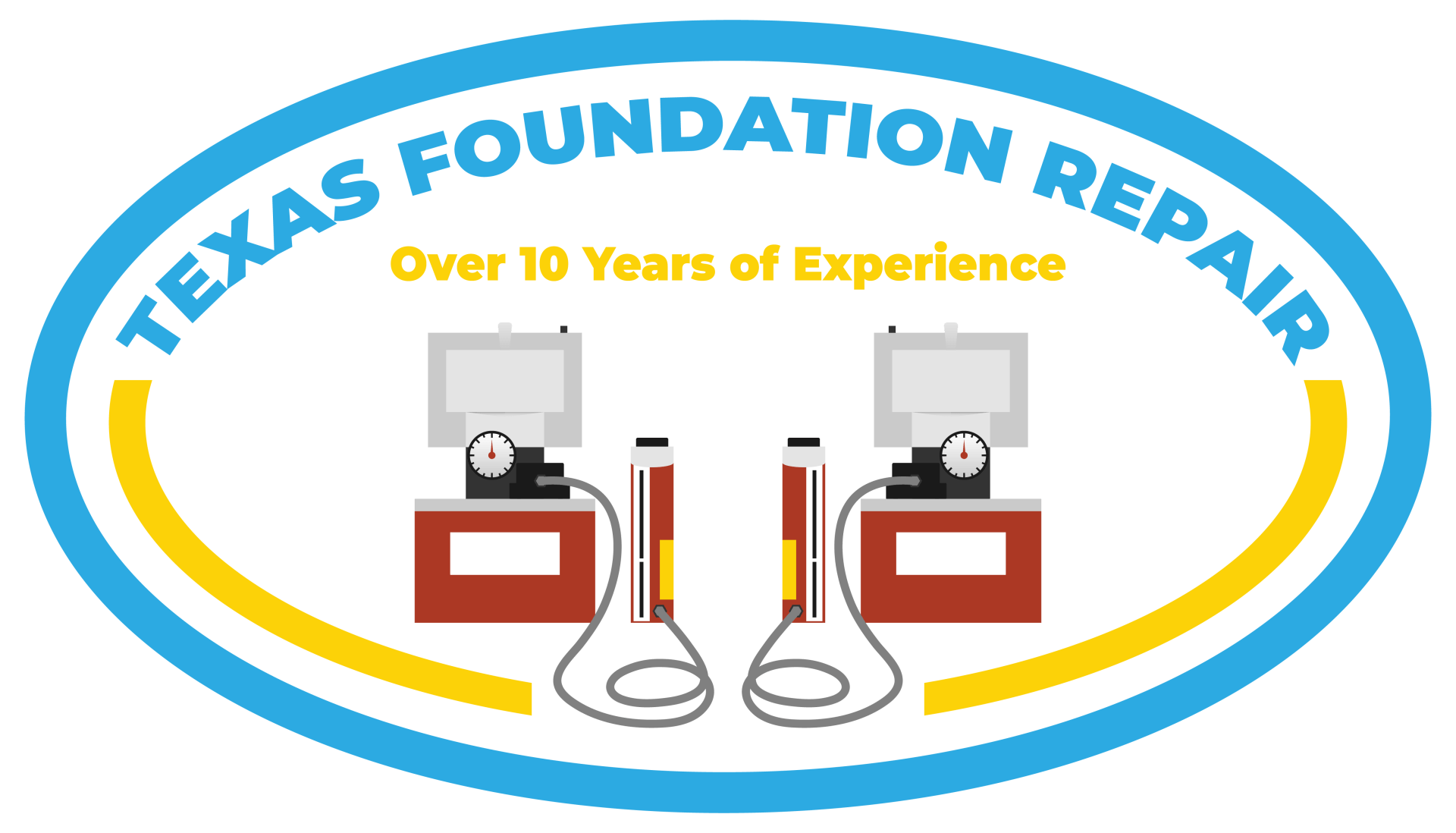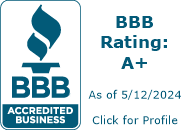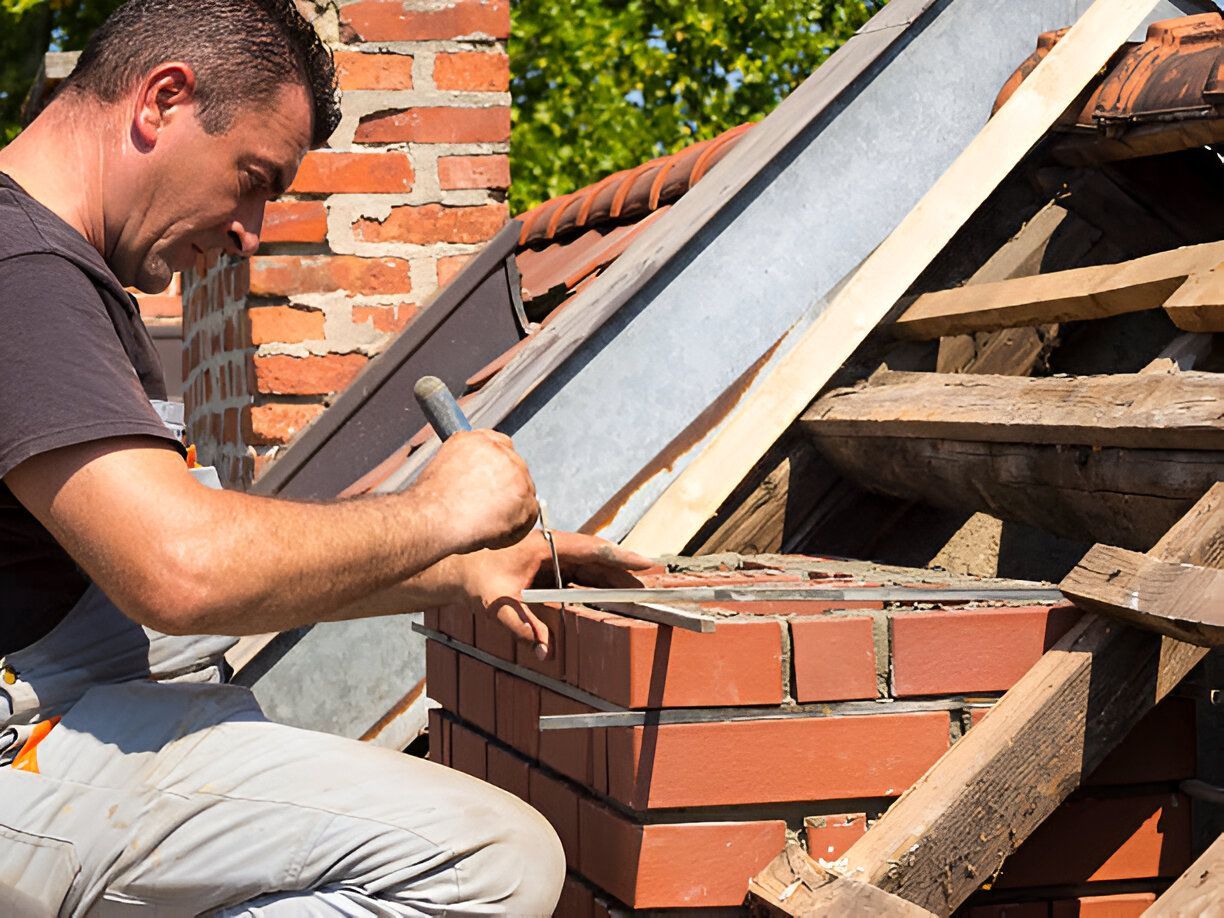Is Your Home's Pier and Beam Foundation in Need of Repair?
Keeping your home's foundation in good condition is crucial for maintaining the structural integrity of your property. Ignoring foundation issues can lead to severe problems, including:
- Cracks in walls
- Uneven floors
- Misaligned doors and windows
Common foundation problems often stem from factors like insufficient drainage, poor construction practices, and soil moisture fluctuations. Addressing these issues promptly can prevent more extensive damage and save you money in the long run.
Choosing affordable foundation repair methods is essential for budget-conscious homeowners. There are several cost-effective techniques available that can effectively stabilize and support your home’s foundation without breaking the bank. By understanding these options, you can make informed decisions that suit both your needs and budget.
Understanding Foundation Problems
Foundation issues can manifest in various ways, each requiring attention to maintain the structural integrity of your home. Recognizing these problems early can save you from costly repairs down the line.
Types of Common Foundation Problems
- Cracks in Walls: These can appear as hairline fractures or significant gaps, often indicating underlying foundation movement.
- Uneven Floors: Sloping or sagging floors are a clear sign of foundation settlement.
- Sticking Doors and Windows: When doors and windows don't open or close properly, it often points to foundation shifts.
- Gaps Around Windows and Doors: These gaps can signal that the foundation is pulling away from the structure.
Causes of Foundation Damage
- Insufficient Drainage: Poor water management around your home can lead to soil erosion, which destabilizes the foundation.
- Soil Moisture Fluctuations: Expansive soils that swell when wet and shrink when dry stress the foundation, leading to cracks and shifts.
- Poor Construction Practices: Inadequate footing depth or improper soil preparation can result in weak foundations.
Signs That Indicate a Need for Repair
- Visible Cracks: Look for cracks in your basement walls, ceilings, and exterior walls.
- Water Intrusion: Wet basements or crawl spaces suggest compromised foundation seals.
- Misaligned Fixtures: Cabinets and countertops separating from walls indicate movement in the foundation.
Understanding these common problems, their causes, and signs will help you take proactive steps toward necessary repairs, ensuring your home's longevity and safety.
Affordable Foundation Repair Methods
- Slab Jacking
Slab jacking is an effective and budget-friendly method for foundation repair, especially useful for minor settling issues. The process involves drilling small holes into the affected concrete slab. Through these holes, a mixture—typically polyurethane foam or a mud-like substance—is pumped beneath the slab to fill voids and lift it back to its original level.
Benefits for Budget-Conscious Homeowners
- Cost-effective: Slab jacking is generally more affordable than other extensive foundation repair methods.
- Quick and less disruptive: The process can often be completed in a few hours, minimizing disruption to your daily life.
- Minimal landscaping impact: This technique requires fewer alterations to surrounding landscapes compared to other methods that involve significant excavation.
Ideal Scenarios for Using Slab Jacking
Slab jacking works best in situations where:
- The foundation has experienced minor settling but remains largely intact.
- Soil erosion or soil compaction has led to uneven floors or cracked slabs.
- Quick, cost-effective solutions are needed without extensive structural changes.
Using slab jacking can save you time and money while effectively addressing foundational issues.
- Underpinning/Piling
Underpinning methods are essential for stabilizing foundations that have experienced significant settling or shifting. These techniques involve adding support beneath the existing foundation to enhance its stability and load-bearing capacity. Several underpinning techniques are widely used, including:
- Pit Methods: This involves excavating small pits under the foundation and filling them with concrete to provide additional support.
- Pier and Beam Underpinning: This method uses piers (concrete or steel) driven deep into the ground with beams placed across them to distribute the load evenly.
Cost Considerations for Different Underpinning Options
When evaluating underpinning methods, it's crucial to consider cost implications:
- Pit Methods can be more affordable but may require extensive excavation work, which can increase labor costs.
- Pier and Beam Underpinning tends to be costlier due to the materials used (steel or concrete piers) and the need for precise installation.
Each method has its advantages depending on the extent of foundation damage and soil conditions. By understanding these factors, homeowners can choose the most cost-effective solution that addresses their specific needs.
- Piering Methods
Piering, also known as piling, is a widely used method for stabilizing foundations. This technique involves installing piers deep into the ground to provide a more stable and secure base for your home. The effectiveness of piering lies in its ability to transfer the weight of the building from unstable soil to more stable layers deep underground.
Types of Piers
Two common types of piers used in foundation repair are steel piers and concrete piers:
- Steel Piers
○ Description: These are long steel rods driven deep into the ground.
○ Benefits: Steel piers offer high strength and durability, making them ideal for supporting heavy structures. They can be driven to greater depths compared to concrete piers, reaching stable soil layers.
○ Drawbacks: Generally more expensive than concrete piers due to material costs and installation complexity.
- Concrete Piers
○ Description: Made from poured or pre-cast concrete, these piers are placed at intervals around the foundation.
○ Benefits: Concrete piers are cost-effective and provide substantial support. They are suitable for areas where the soil is relatively stable but still requires additional support.
○ Drawbacks: Limited depth penetration compared to steel piers, which may not reach as stable soil layers.
Choosing between steel and concrete piers depends on various factors such as soil conditions, load requirements, and budget constraints. Piering methods offer a robust solution for foundation stabilization, ensuring long-term structural integrity.
- Mudjacking/High-Density Polyurethane Foam Method
Mudjacking, also known as slab jacking, is a cost-effective solution for addressing foundation issues. This method involves drilling small holes into the concrete slab and pumping a mixture of cement, sand, and water (or high-density polyurethane foam) beneath the foundation. The injected material fills voids and lifts the slab to its original level.
Process of Mudjacking:
- Drilling Holes: Small holes are drilled strategically into the affected concrete slab.
- Pumping Material: A slurry or high-density foam is pumped through the holes.
- Lifting Slab: The material expands, filling gaps and lifting the slab to its intended position.
- Sealing Holes: The drilled holes are sealed after achieving the desired lift.
Affordability for Homeowners:
- Lower Cost: Compared to underpinning methods or piering methods, mudjacking offers a more budget-friendly option.
- Minimal Disruption: It requires less excavation, reducing labor costs and time.
Situations Best Suited for Mudjacking:
- Minor Settling Issues: Ideal for homes experiencing minor settling or sinking.
- Void Filling: Effective in filling voids under driveways, sidewalks, and garage floors.
- Quick Fixes: Suitable for addressing immediate concerns without extensive structural changes.
Mudjacking stands out among affordable foundation repair methods due to its cost-effectiveness and efficiency. When considering best-foundation-repair-methods/, it’s essential to evaluate your specific needs to determine if this approach aligns with your situation.
- Spot Piers Method
Spot piers offer a practical solution for localized support where foundation issues are isolated. Unlike comprehensive underpinning methods or piering methods, spot piers involve hand-digging holes and filling them with concrete to target specific problem areas.
Purpose of Spot Piers
- Targeted Support: Spot piers provide reinforcement exactly where it's needed, minimizing disruption to the surrounding structure.
- Localized Repair: Ideal for minor settlement problems or specific areas showing signs of distress, such as uneven floors or misaligned doors and windows.
Cost-Effectiveness Compared to Full Excavation
- Lower Costs: Spot piers are a budget-friendly alternative to full foundation excavation. Since the process targets specific areas, it requires less labor and fewer materials.
- Minimal Disruption: The localized nature of this method means less disruption to your property, reducing additional costs associated with extensive repair work.
For homeowners seeking cost-effective solutions without extensive structural changes, spot piers present an appealing option. Their ability to provide targeted support makes them one of the best foundation repair methods available, especially when compared to more invasive techniques like slab jacking or mudjacking.
6. Re-shimming Method
Re-shimming is a straightforward yet effective solution often used for minor foundation issues. It involves placing small steel shims or wedges under beams to level and stabilize the structure.
When to Use Re-shimming
Ideal for homes with slight settling or where support beams have shifted. It's a quick fix that doesn't require extensive excavation.
Cost-effective Solution
Compared to methods like underpinning or piering, re-shimming is relatively inexpensive, making it an attractive option for budget-conscious homeowners.
7. Sealing Cracks Method
Crack sealing is crucial in preventing water infiltration and further damage to your foundation. There are two primary materials used:
- Hydraulic Cement: Known for its durability, hydraulic cement expands as it cures, effectively filling gaps and preventing water from seeping through.
- Polyurethane Foam: This material is flexible and can adapt to minor shifts in the foundation, providing a long-lasting seal.
Both materials have their advantages:
- Hydraulic Cement: Best for larger cracks or where structural integrity is a concern.
- Polyurethane Foam: Ideal for smaller cracks and areas prone to movement.
Sealing cracks enhances the longevity of your foundation and helps maintain the structural integrity of your home.
By combining affordable solutions like re-shimming and crack sealing, you can address minor foundation issues without breaking the bank. These methods complement other cost-effective techniques such as slab jacking, underpinning methods, piering methods, mudjacking, high-density foam, and spot piers. Each method has its own set of benefits tailored to different types of foundation problems.
Tips for Choosing the Right Method
Selecting foundation repair methods can be challenging. Several key factors should guide your decision:
- Severity of Damage: Assess the extent of the damage. Minor cracks may only require sealing, while substantial settling might necessitate underpinning or piering.
- Foundation Type: Different methods work better for certain types of foundations. Slab foundations often benefit from slab jacking or mudjacking, whereas pier and beam foundations might need re-shimming or spot piers.
- Soil Conditions: The type and condition of the soil around your home can influence the effectiveness of various repair methods. Expansive soils with high clay content may require more robust solutions like helical piers.
- Budget Constraints: Identify cost-effective methods that fit within your budget. Techniques like slab jacking and mudjacking are generally more affordable than underpinning or piering.
- Long-term Effectiveness: Consider the longevity and durability of each method. While some options provide quick fixes, others may offer more permanent solutions.
- Professional Recommendations: Consulting with a foundation repair specialist can provide you with tailored advice based on a thorough inspection of your property.
By carefully evaluating these factors, you can select the best-foundation-repair-methods/ that suit your specific needs.
DIY vs. Professional Help
When considering DIY foundation repair, several factors come into play. It’s crucial to weigh the pros and cons to determine the best approach for your situation.
Pros of DIY Repairs:
- Cost Savings: One of the most significant advantages is saving money. You avoid labor costs, which can be substantial.
- Control Over the Process: You can work at your own pace and schedule, ensuring that each step meets your standards.
- Immediate Action: Minor issues can be addressed quickly without waiting for a professional's availability.
Cons of DIY Repairs:
- Lack of Expertise: While you may save money, improper repairs can lead to more severe damage over time, costing more in the long run.
- Safety Risks: Foundation repairs often involve heavy lifting and hazardous materials, posing safety concerns.
- Limited Tools and Materials: Professionals have access to specialized tools and materials that may not be readily available to homeowners.
When to Consider Professional Help:
- Severity of Damage: Extensive damage or complex issues like significant settling or large cracks typically require professional expertise.
- Long-Term Solutions: Professionals can provide warranties on their work, offering peace of mind that repairs will last.
- Accurate Diagnosis: Experts can properly diagnose underlying issues, ensuring comprehensive repairs rather than temporary fixes.
For budget-conscious homeowners, minor cracks and simple leveling might be manageable as DIY projects. However, for more complicated issues, investing in professional help ensures the job is done correctly and safely.
Conclusion
Carefully assess your foundation repair needs and consider seeking professional advice to ensure the best results. For more affordable foundation repair tips and the best-foundation-repair-methods, visit Texas Foundation Repair. Prioritizing a proper evaluation can save you time and money in the long run.
What are the common signs of foundation problems?
Common signs of foundation problems include visible cracks in basement walls and ceilings, uneven floors, doors and windows that stick or do not close properly, and gaps between walls and floors.
What is slab jacking and when should it be used?
Slab jacking is a budget-friendly method for lifting sunken concrete slabs back to their original position. It works best in situations where the foundation has settled due to minor soil erosion or moisture issues.
How does underpinning differ from other foundation repair methods?
Underpinning involves deepening the foundation's base to stabilize it, making it essential for severe settlement issues. It typically costs more than methods like slab jacking but is necessary for extensive structural support.
What are spot piers and when are they recommended?
Spot piers are localized supports that provide targeted reinforcement to specific areas of a foundation. They are a cost-effective alternative to full excavation and are recommended for homes experiencing localized settling.
Is DIY foundation repair advisable?
While DIY repairs can save money, they come with risks such as lack of expertise leading to improper repairs. It's advisable to consider professional help for extensive damage or complex issues.
What is the cost-effectiveness of re-shimming compared to other methods?
Re-shimming is a straightforward and cost-effective solution for homes with slight settling. Compared to more extensive methods like underpinning or piering, re-shimming typically incurs lower costs while still providing effective support.
BROWSE OUR WEBSITE
CONTACT US




- Hondo, TX, United States Hondo, TX, United States
- San Antonio, TX, United States San Antonio, TX, United States
- Floresville, TX, United States Floresville, TX, United States
- Boerne, TX, United States Boerne, TX, United States
- Bulverde, TX, United States Bulverde, TX, 78163, United States
- Kenedy, Texas, United States Kenedy, Texas, United States
- San Marcos, TX, United States San Marcos, TX, United States
- Seguin, TX, United States Seguin, TX, United States






